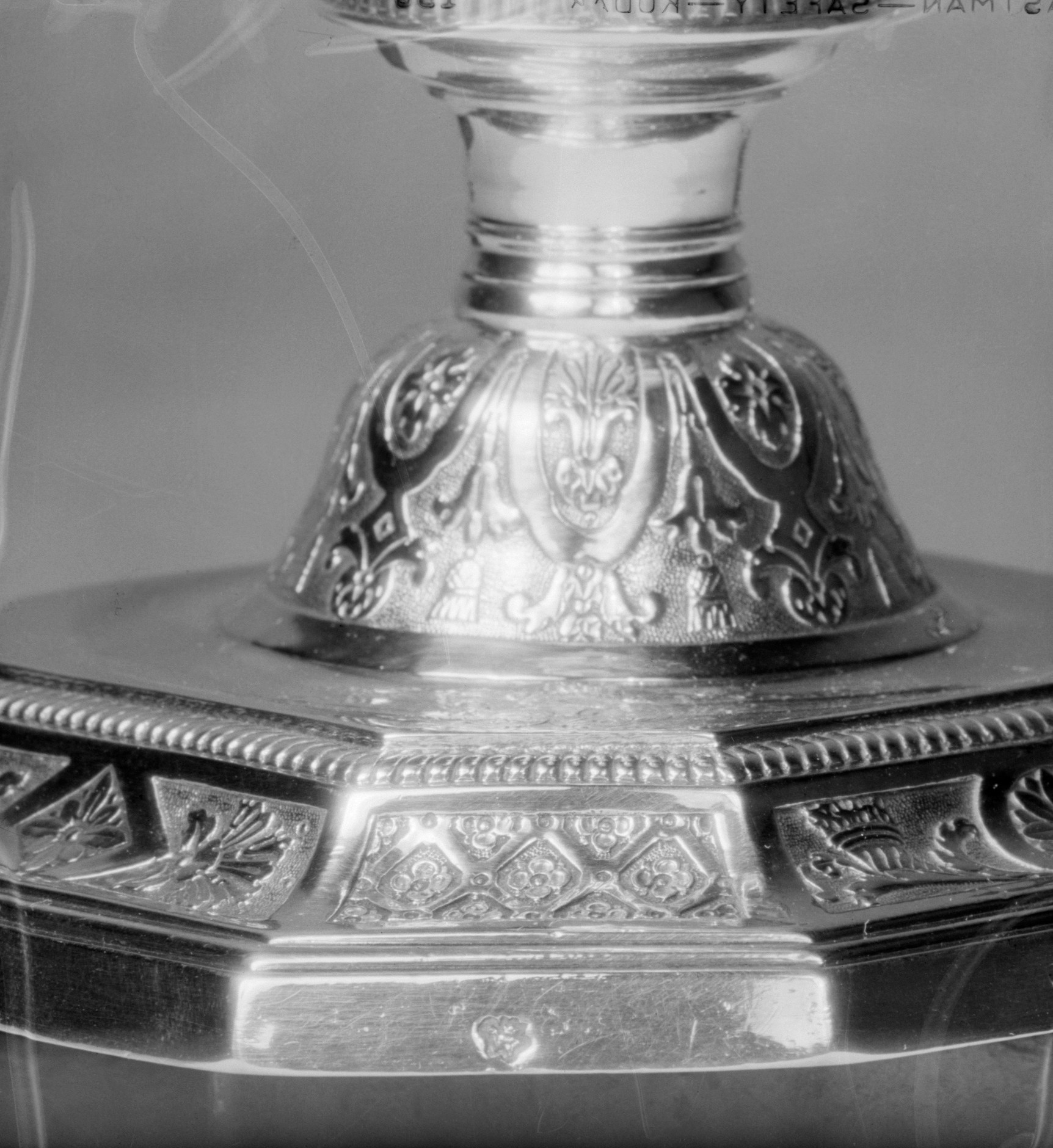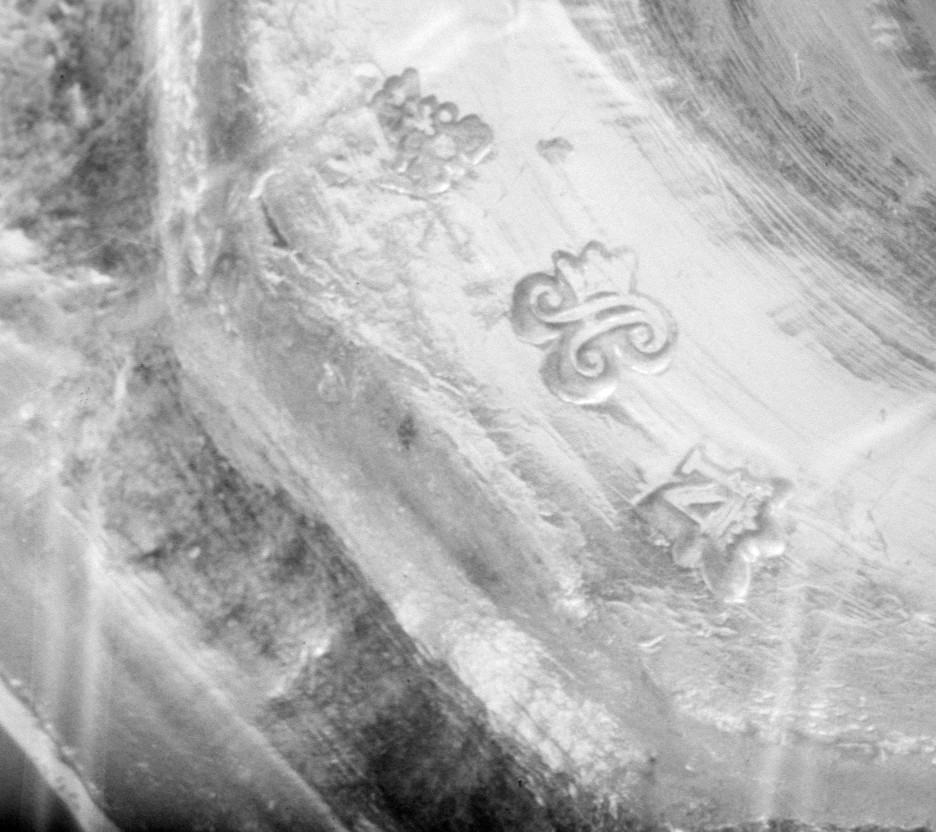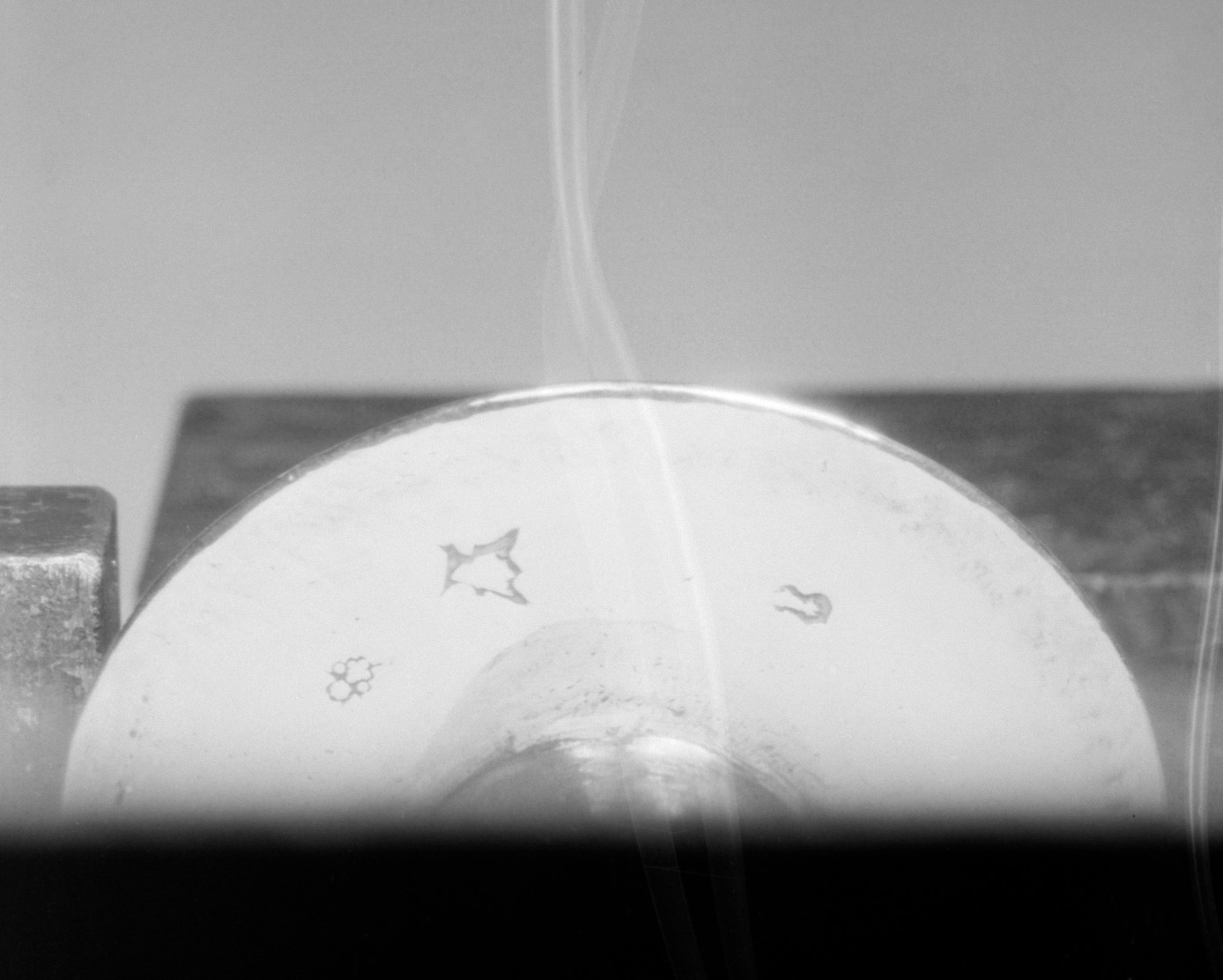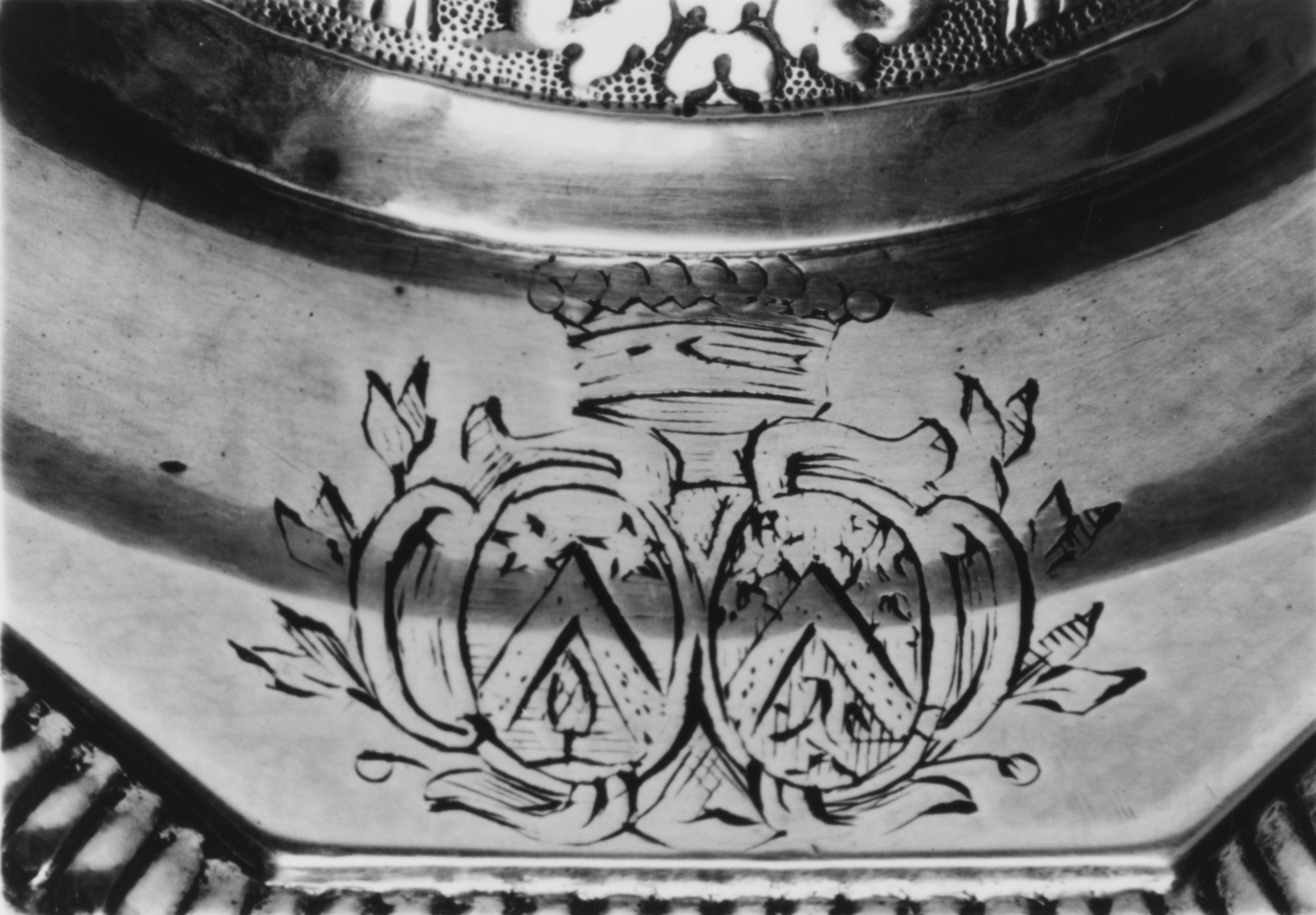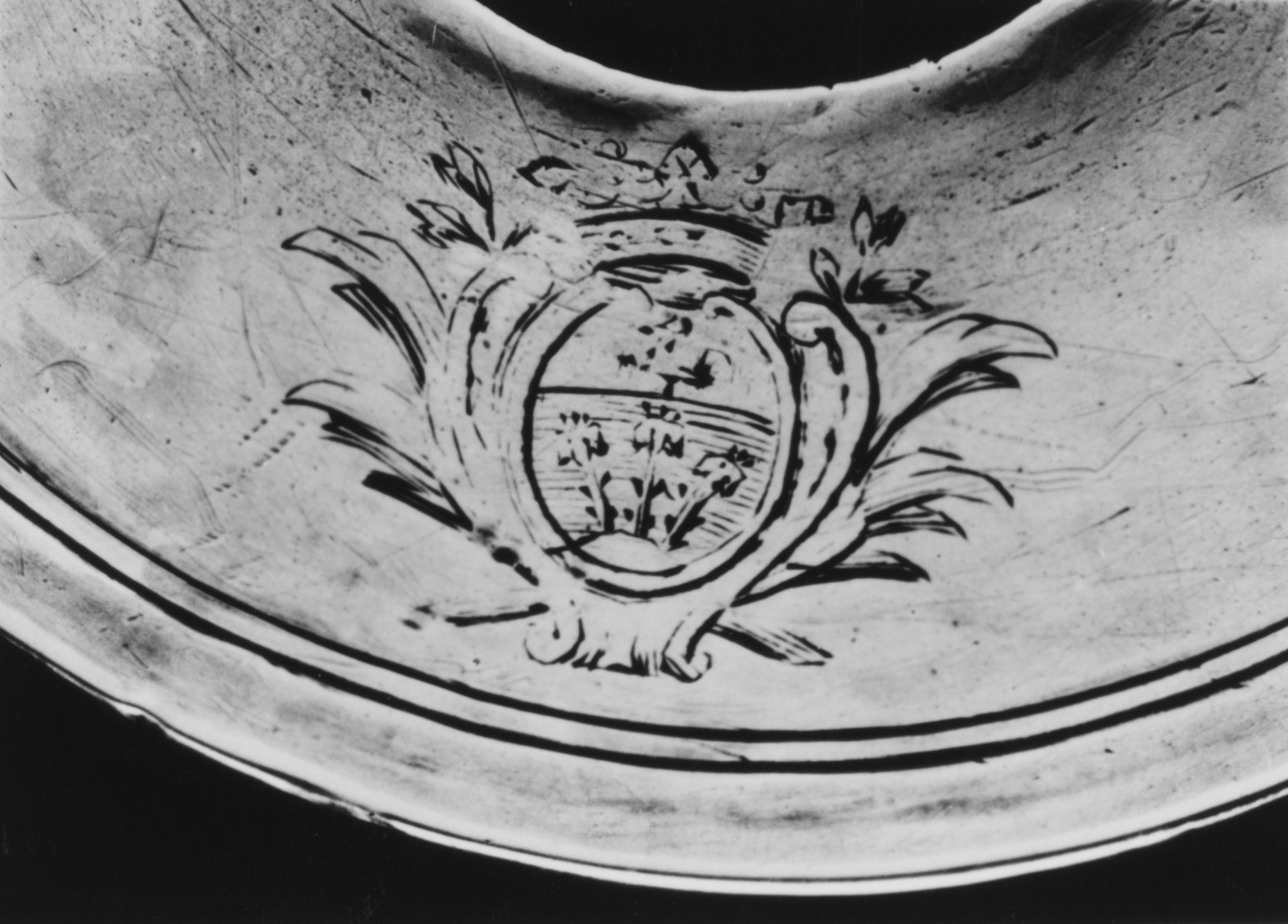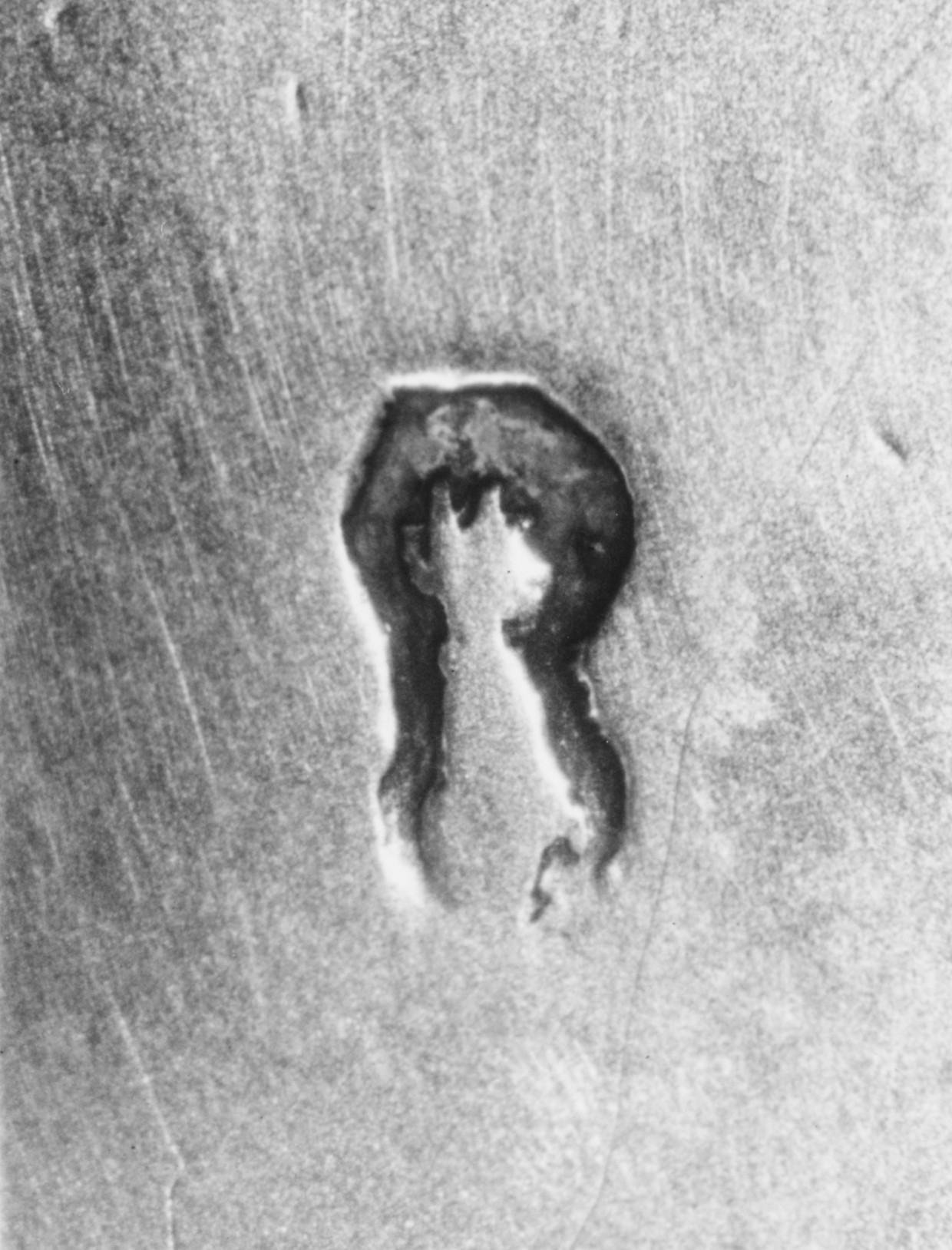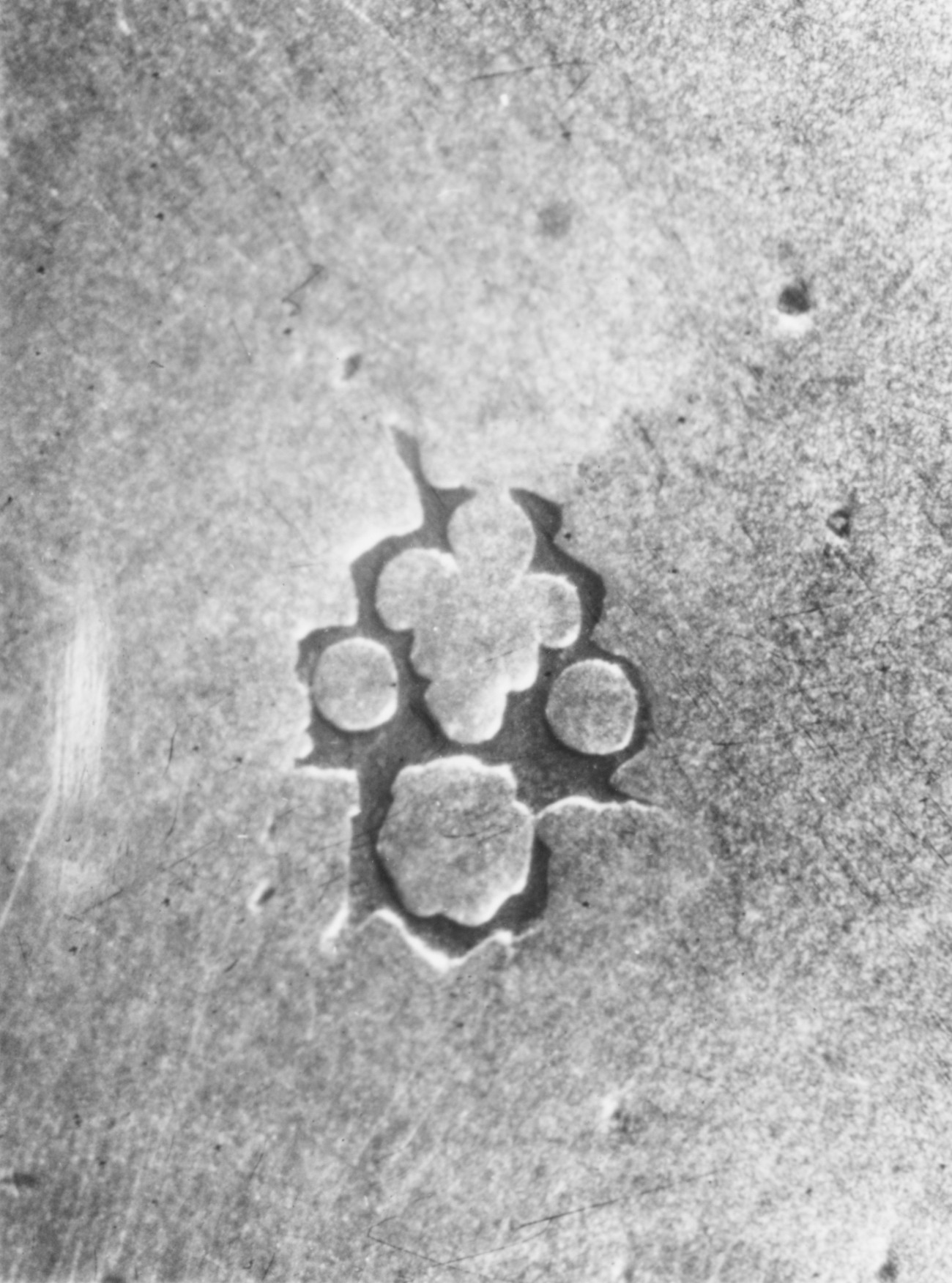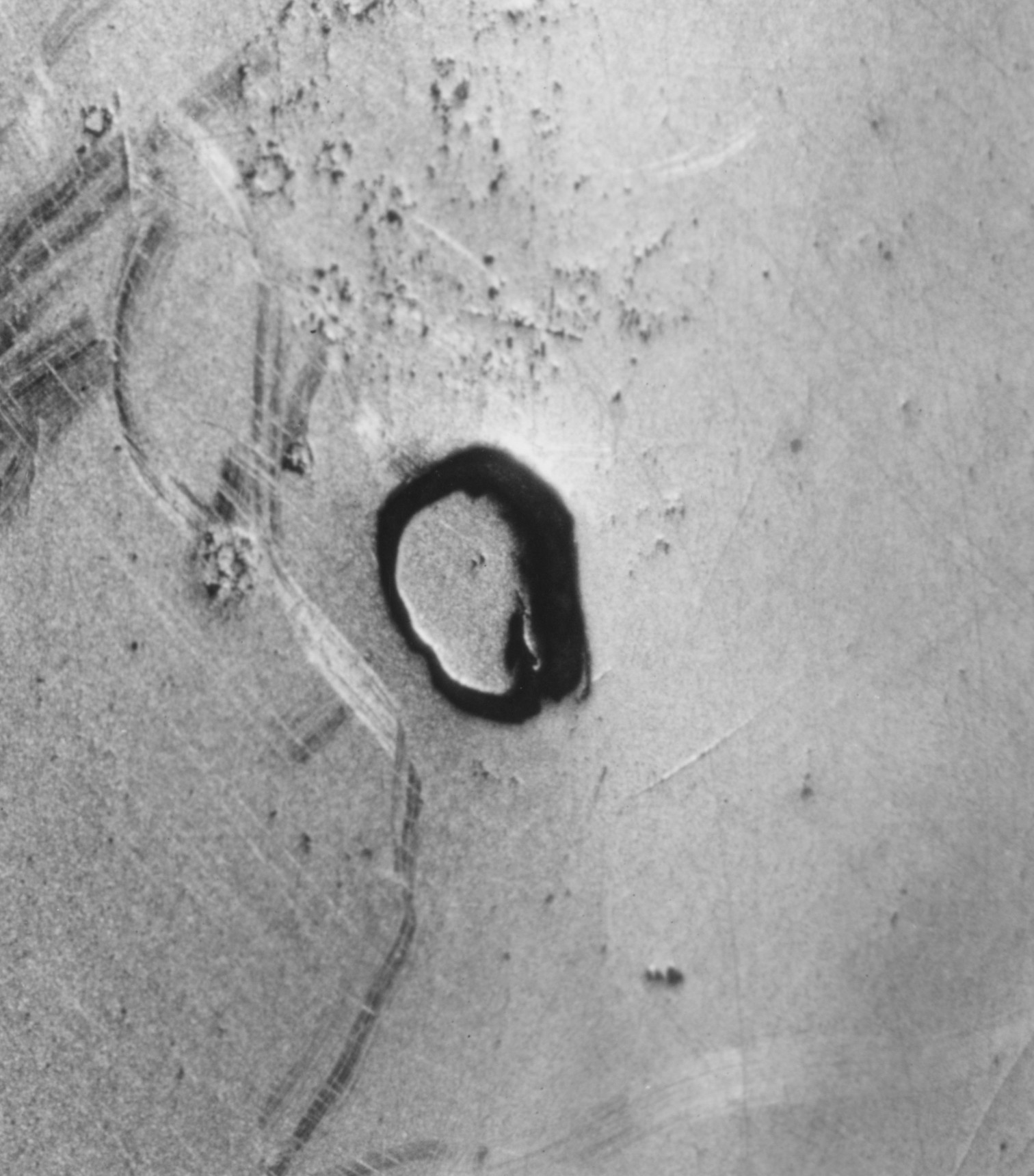Pair of candlesticks
Not on view
In the era before gas lighting and electricity, candles played a principal role in illuminating the domestic interior. The number of candles lit was an indication of the wealth and status of the owner: beeswax candles burned clean, had a pleasant smell, but were quite expensive compared to those made of tallow.
In late seventeenth-century France, a change in dining habits had a significant effect on the production of silver candlesticks. Entertainment was increasingly orientated towards the evening; the use of domestic space changed and as a result, elegant lighting became an important part of the interior decoration.
This pair of candlesticks is an example of a popular Régence model. The chased decoration of flower-filled lozenges, medallions with male and female profile heads, and lambrequin motifs reflect the influence of the court designer Jean Bérain (1640–1711). Bérain’s numerous prints provided models for the decoration of silver, ceramics, furniture, and wall paneling, and the so-called Bérainesque style dominated the designs of these media during the years 1680 through the 1720s as seen in this pair of candlesticks made by the Parisian silversmith Jacques Besnier in 1729–30.
Daughter of one of the founders of the Weyerhaeuser Timber Company, Catherine D. Wentworth (1865–1948) was an art student and painter who lived in France for thirty years. She became one of the most important American collectors of eighteenth-century French silver and on her death in 1948 bequeathed part of her significant collection of silver, gold boxes, French furniture, and textiles to the Metropolitan Museum. The collection is particularly strong in domestic silver as illustrated by this pair of candlesticks.
This image cannot be enlarged, viewed at full screen, or downloaded.
This artwork is meant to be viewed from right to left. Scroll left to view more.


